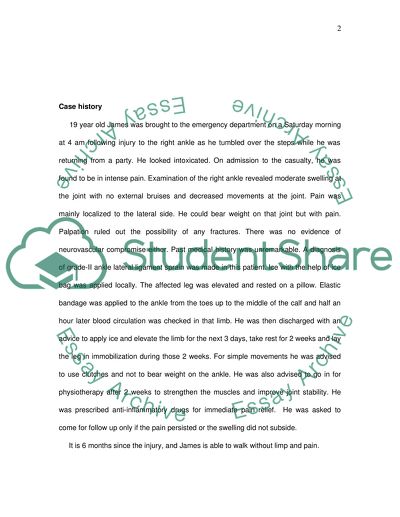Cite this document
(The Common Problem of Ankle Strain Essay Example | Topics and Well Written Essays - 1500 words, n.d.)
The Common Problem of Ankle Strain Essay Example | Topics and Well Written Essays - 1500 words. https://studentshare.org/medical-science/1542146-ankle-strain
The Common Problem of Ankle Strain Essay Example | Topics and Well Written Essays - 1500 words. https://studentshare.org/medical-science/1542146-ankle-strain
(The Common Problem of Ankle Strain Essay Example | Topics and Well Written Essays - 1500 Words)
The Common Problem of Ankle Strain Essay Example | Topics and Well Written Essays - 1500 Words. https://studentshare.org/medical-science/1542146-ankle-strain.
The Common Problem of Ankle Strain Essay Example | Topics and Well Written Essays - 1500 Words. https://studentshare.org/medical-science/1542146-ankle-strain.
“The Common Problem of Ankle Strain Essay Example | Topics and Well Written Essays - 1500 Words”. https://studentshare.org/medical-science/1542146-ankle-strain.


